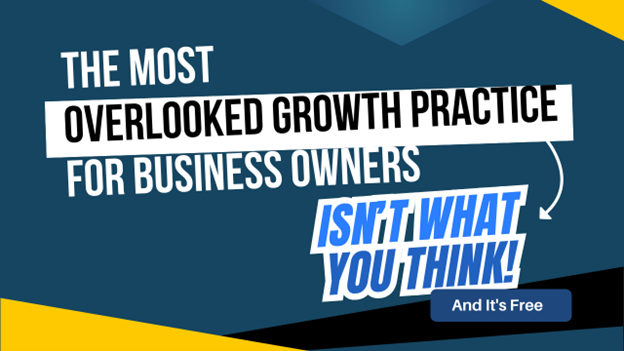Budget-Friendly Marketing: Growth Tactics for Small Teams and Tight Budgets
- Small businesses can thrive on tight budgets with smart, cost-effective marketing strategies:
- Leverage free tools: Use platforms like Canva (design), Mailchimp (email), and Google My Business (local SEO).
- Maximize organic reach: Share engaging, shareable content tailored to your audience.
- Repurpose & collaborate: Extend content life and partner with other businesses for mutual growth.
- Cost-effective paid ads: Use targeted Facebook and Google Ads sparingly but strategically.
- Growth doesn't require big budgets—just big ideas and sharp execution.
472 words ~ 2 min.
For small businesses, competing in today’s fast-paced market can feel like an uphill battle—especially with limited marketing budgets. However, with the right mix of creativity, strategy, and resourcefulness, even the smallest teams can make a big impact.
Here’s a roadmap to stretch your marketing dollars while driving growth:
1. Leverage Free or Affordable Tools
Technology has leveled the playing field for small businesses. Tools like:
- Canva: Create professional designs for social media, flyers, and more.
- Mailchimp: Run targeted email campaigns to engage your audience.
- Google Business Profile: Boost local visibility with a polished business profile.
These platforms are cost-effective (or free) and user-friendly, making them perfect for small teams with limited expertise.
2. Build an Organic Social Media Presence
Social media offers unparalleled reach without hefty ad budgets. Focus on creating content that is:
- Authentic: Showcase your brand’s personality.
- Engaging: Encourage comments, shares, and likes.
- Targeted: Speak directly to the pain points and aspirations of your audience.
Platforms like Instagram, Facebook, and LinkedIn offer opportunities for organic growth when paired with consistent posting and community interaction.
3. Maximize Your Content
Repurposing content is a game-changer for lean teams. Transform a blog post into:
- Infographics for Instagram.
- Short video clips for Facebook Reels or LinkedIn.
- An email series for nurturing leads.
This strategy amplifies the value of every piece of content you create.
4. Collaborate and Cross-Promote
Partnerships with complementary businesses can expand your reach. For example:
- Host joint webinars or events.
- Share each other’s social media posts.
- Offer bundled discounts or referral incentives.
Cross-promotions allow both parties to tap into new audiences with minimal spend.
5. Use Paid Advertising Sparingly and Strategically
When executed thoughtfully, even a small paid ad budget can yield results. Consider:
- Highly targeted Facebook Ads: Zero in on specific demographics.
- Google Ads: Capture search intent with precision.
Set a clear objective and monitor ROI closely to avoid overspending.
6. Implement Referral Programs
Rewarding loyal customers for spreading the word is a proven growth tactic. Simple yet effective programs, such as discounts for referrals or exclusive perks, can turn happy customers into your best marketers.
The Takeaway
A limited budget doesn’t have to limit your growth. By prioritizing creativity, efficiency, and collaboration, small businesses can build robust marketing strategies that deliver results. Start small, measure your success, and iterate on what works to continuously grow.
---
The Leavenworth-Lansing Area Chamber of Commerce is a private non-profit organization that aims to support the growth and development of local businesses and our regional economy. We strive to create content that not only educates but also fosters a sense of connection and collaboration among our readers. Join us as we explore topics such as economic development, networking opportunities, upcoming events, and success stories from our vibrant community. Our resources provide insights, advice, and news that are relevant to business owners, entrepreneurs, and community members alike. The Chamber has been granted license to publish this content provided by Chamber Today, a service of ChamberThink Strategies LLC.




